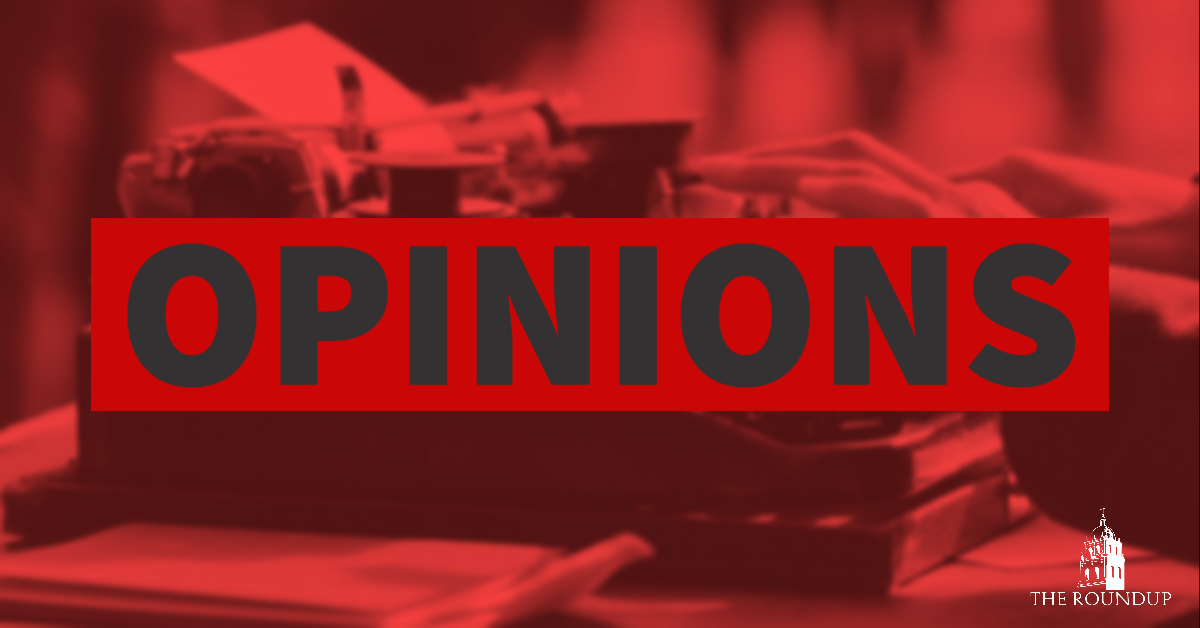A 2024 study by the Brookings Institution found that the demographic with the highest ESA participation rate in Arizona is the demographic with the lowest poverty rate.
The Empowerment Scholarship Account program was implemented with the goal of providing families with state funds to spend on private school and adjunct expenses for their children. The program has faced criticism for a variety of reasons, including misappropriation of funds due to a lax list of approved expenditures, as well as the foreseen strain that exploding costs would place on an already debilitated public school system.
The Brookings Institution examined the ESA participation rates of Arizona communities based on socioeconomic status, selecting three specific criteria for consideration: poverty rate, median household income, and educational attainment.
By counting the share of residents who received public income assistance and/or food stamps, Brookings obtained a sample population from which to draw conclusions about ESA participation and divided up their focus group into sections that represented various regions of Arizona. They determined that the highest ESA participation rate occurred within the populations that had the lowest poverty rate.
To ensure that their data was not skewed, Brookings ran a second analysis based on median household income, which allowed them to better examine high-income areas compared to poverty-oriented study. This too yielded the same results, showing that “the highest decile in median income has the highest rate of ESA participation.”
These are substantial findings regarding the issue of educational equity, as they highlight an instance of a state-funded program working counterintuitively to increase school–access for valley families.
Brookings identified two key takeaways from their analysis, the first being that families in poor communities are the least likely to obtain ESA funds. Secondly, they noted that there is no data from their study that suggests the ESA program is addressing inequities in school access brought about by a student’s socioeconomic status.
Mrs. Jill Zimmerman, Vice President for Finance and Operations, and Mrs. Ellen McCoy, Accounts Receivable and Financial Aid Specialist, of the Brophy Finance Office said that they are aware of around 200 families that use ESA funds to pay for tuition, though the exact figure is difficult to determine.
“There are two different ways that the ESA program can work,” Mrs. Zimmerman said. “A family can choose either to have their funds sent directly to the school or choose to have it reimbursed to themselves. If they choose to have the state pay the school, there is a processing fee, whereas if the family has the money reimbursed to themselves, there is no fee. We feel like there are probably lots more doing the reimbursement method than doing the direct payment method, so it’s hard to provide a clear answer.”
All this goes to indicate that there needs to be adjustments made to the current system to ensure that it completes its objective of providing crucial financial resources and advocating school-choice for all students, regardless of their financial status. Such initiatives could include bringing down information barriers and disseminating information about the ESA program to more Arizona families, or considering if ESA funds aren’t sufficient for mounting private school tuition. Regardless of all this, however, the verdict is clear: before ESA programs can be successful, their problems need to be addressed.




















